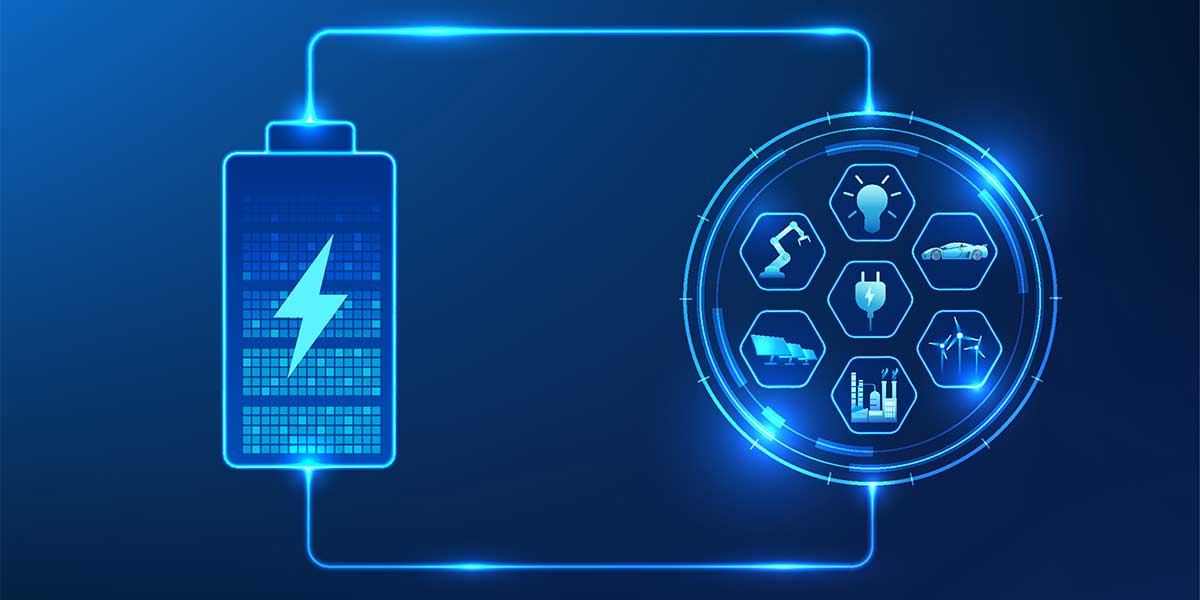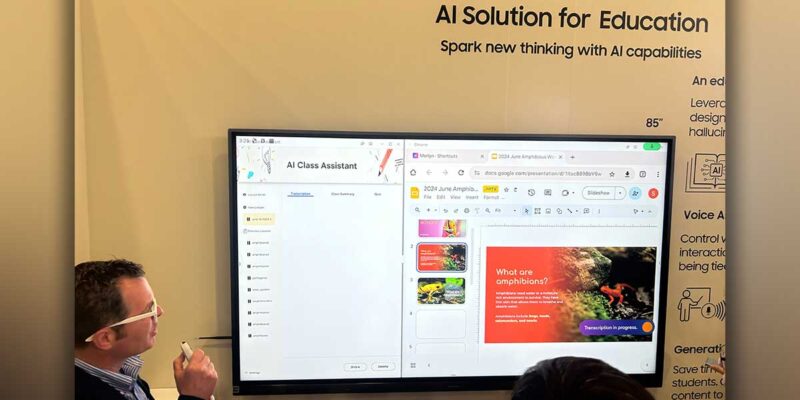The Power of Low Voltage in the Sustainability Movement

Whether you know it or not, low voltage is an important key to energy conservation now and in the future. We are seeing demand for electricity increase year over year due to the increase in high consumption electrical devices (such as electrified vehicles, heat pumps, air conditioners, on-demand water heaters and so on). Married with the longer use of these devices during inclement weather, we are also seeing how electricity is the main ingredient to our society’s ability to function normally and comfortably.
This increase in power demands, though sold as a greener option, may in fact continue to drive climate-change-related issues if the electricity comes from fossil fuels. So, to keep up with this increasing electrical demand, we’ve seen discussion of cleaner options such as nuclear, geothermal, solar, wind, water, etc. However, with the exception of nuclear and a couple other innovations, these options are still struggling to meet current demand, and storage of these environmental power sources becomes an issue — wind doesn’t always blow and the sun doesn’t always shine.
But this is where low voltage can come in to save the day. This is great news for those of us in the AV-C (audio-visual-control) and IT (information technology) industries, as we are low voltage experts.
Our AV and IT industries have been driving low voltage innovation from the earliest of days. Remember your old CRT (Cathode Ray Tube) display or projector? Well, that CRT would consume ~400 watts of energy, compared to an LED display at ~155 watts. Or, remember your incandescent light bulb? Those bulbs typically burn 60 watts of power to get about ~800 lumens — we can achieve that same lumen output with a measly 10 watts LED light.
Our CRT projectors and displays not only ate more power (as mentioned above), but also generated excessive heat. In contrast, the LED counterparts not only use less energy, but also run cooler while drawing less power — meaning reductions in heating and cooling costs.
This also translates to advances in amplifiers from Class A, A+B, etc. into class D and T amplifiers, or tube versus solid state where we can see up to 80% efficiency, and theoretically achieve 100% efficiency in class D technologies. Audio is another beast altogether, though, so I’ll save that in-depth discussion for later.
At this scale, you may ask, “So what? What will saving 10 watts or even 100 watts here or there do? And what does this have to do with AV?” Well, as it turns out, a lot!
Let’s scale this up, just as an example. When my company designs hotels, tower projects and resorts, we see an excess of 25,000 lightbulbs with over 1,000 display devices, more than 10-15 high power audio amplifiers and a host of PoE network switches. If we just take lightbulbs as an example, we can save ~50 watts per bulb simply by changing them. With this change, we can save ~1,250,000 (yes, one million) watts! That’s approximately ~10,000 amps at 120 volts. Considering a typical residential power hookup is at a maximum of 400 amps at 240v, that’s a huge savings! Especially considering this example is one building, one technology and one simple change.
Since the early days, audiovisual professionals have been called low voltage technicians, working at low voltage integration firms. Over the years, the term “low voltage” has slowly converged into the term “technology.” When we look at technology, we primarily see devices within the low voltage realm, converting high voltage to low voltage. Our devices use our fiber and copper category and coaxial cables to transmit information, as well as to power items like USB-C cameras or PoE endpoint devices. So even though our receptacle may be rated to handle 15 amps at 120 volts, we may only be drawing 1-2 amps on 12, 24 or 48 volts of power. Or transmitting 30 watts down a category cable to our endpoint device, eliminating needing localized power. Not only do we send low voltage power, but these devices send and receive digital control signals, audio signals, video signals and a slew of other digital ones and zeros with that power. Truly awesome compared to line voltage!
So, with that context in mind, let’s lean into programs and certifications such as LEED, ASHRAE or, more recently and specifically for the audiovisual industry, SAVe. These acronyms are for rating systems, certifications and better practices to ensure a greener future that conserves energy for future generations to succeed. Except for SAVe, the low voltage technology experts have been largely left out of the conversation. Instead, these programs revolve more around the physical built environment, the architecture and building practices, where more established, long-life trades like electrical and mechanical are under the microscope. AV and IT are considered a luxury item or pragmatic requirement for communication or security.
But hey, AV and low voltage isn’t a small industry anymore, we’re not a newcomer that has general contractors scratching their heads about what we do. We are established, certified and in the trade schedule. Our technologies are everywhere! In your pocket, in your home, in your car, in the airplane and in the built and natural environments that surround us!
So, when we factor in my simple one tower, one device metric — just fathom what we could do at scale if low voltage technologies had a leading seat at the table. Running smart lights with PoE and data and automated control for on/off/dimming tied to temperature sensors and weather data. The return on investment (ROI) is massive for owners of these large developments, in addition to the benefit of saving energy and our environment.
So as we welcome 2024, I ask that we aim to be champions of promoting a greener, cleaner option by leveraging our industry’s low voltage abilities. We can be stewards of innovation and help educate the architects, designers and other trades and specialists about the advantages of low voltage smart technologies.
For us, it’s not new to design a system that can be completely PoE, from speakers to lights. We have a responsibility to educate others to know these options exist. They need to understand how we can help in LEED certifications and ASHRAE targets. AV professionals can help save clients’ money through energy conservation while having more luxury and innovation in every new project. We can and will be one of the keys to the green transition going forward.





